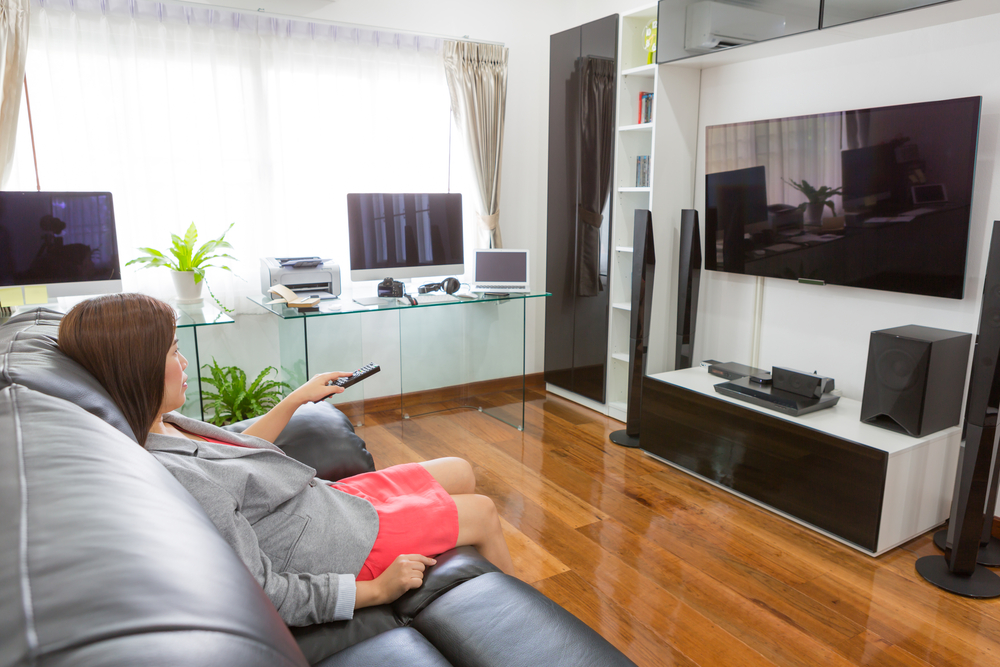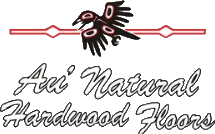Screening Hardwood Floors

Hardwood floors are one of the most popular choices for homeowners due to their natural beauty, durability, and timeless appeal. Over time, however, even the most well-maintained hardwood floors can begin to lose their luster. Scratches, dullness, and minor scuffs are inevitable, but before you consider an expensive refinishing job, there’s another option: screening hardwood floors.
In this comprehensive guide, we’ll walk you through the process of screening hardwood floors, explain how it differs from refinishing, and provide tips on when and how to do it. If you’re looking to restore the beauty of your hardwood floors without the hassle and cost of a full refinishing project, this guide is for you.
What Is Screening Hardwood Floors?
Screening hardwood floors is a maintenance procedure that helps revitalize your floors without fully sanding and refinishing them. Also known as buffing or scuff-sanding, screening involves lightly sanding the top layer of the floor’s finish to remove minor scratches and imperfections. Once screened, a new coat of finish is applied to restore the floor’s shine and protect it from future damage.
Key Differences Between Screening and Refinishing
It’s important to understand the distinction between screening and refinishing hardwood floors.
- Screening: This process involves using a floor buffer with a mesh screen abrasive pad to lightly sand the surface of the hardwood floor. It only removes the top coat of the floor’s finish without touching the wood itself.
- Refinishing: Refinishing, on the other hand, requires fully sanding the floor down to bare wood before applying new stain and finish. It’s a much more intensive process and is usually reserved for floors with deep scratches, stains, or significant wear.
Why Choose Screening Over Refinishing?
There are several benefits to screening hardwood floors instead of opting for a full refinishing project. These include:
1. Cost-Effective
Refinishing hardwood floors can be expensive. In contrast, screening is a fraction of the cost since it only requires light sanding and a new topcoat. For homeowners looking to maintain the appearance of their floors without breaking the bank, screening is an ideal solution.
2. Less Time-Consuming
Screening hardwood floors takes significantly less time than refinishing. While refinishing can take several days or even weeks, depending on the size of the area, screening can typically be completed in a single day.
3. Less Invasive
Unlike refinishing, which creates a lot of dust and requires heavy sanding equipment, screening is a relatively clean process. There’s no need to remove baseboards or furniture from the room entirely, making it a convenient option for many homeowners.
4. Preserving Floor Thickness
Every time hardwood floors are fully refinished, a small amount of wood is removed during sanding. Over time, this can reduce the lifespan of your floors. Screening, by contrast, doesn’t affect the wood itself, meaning you can preserve the thickness and longevity of your flooring.
When to Screen Your Hardwood Floors
Not all hardwood floors are good candidates for screening. The screening process is ideal for floors that are in relatively good condition but may have minor surface issues, such as light scratches, scuffs, or dullness. Here’s how to tell if your hardwood floors need screening:
1. Surface Scratches
If your floors have surface-level scratches that haven’t penetrated the wood, screening can effectively smooth out these imperfections. However, deep gouges or stains may require full refinishing.
2. Dull Finish
Over time, the finish on hardwood floors can become dull and lose its shine due to wear and tear, sunlight exposure, or dirt buildup. Screening can remove the top layer of the finish, allowing you to apply a fresh coat for a like-new look.
3. No Structural Damage
If your hardwood floors have deep dents, cracks, or major discoloration, screening may not be enough to address these issues. Refinishing or, in severe cases, replacing the damaged sections may be necessary.
4. Adequate Finish Layer
Screening hardwood floors works best when the existing finish is still intact but worn. If the finish has worn down completely and exposed bare wood in some areas, you may need to refinish rather than screen.
How to Screen Hardwood Floors: Step-by-Step Process
Now that you know when and why screening hardwood floors might be a good option, let’s take a look at how the process works.
1. Prepare the Room
Before you begin, clear the room of any furniture and rugs. Although screening is less invasive than refinishing, it still produces some dust, so cover any fixtures or items you can’t remove with plastic sheeting. Make sure you clean the floor thoroughly by sweeping and vacuuming to remove dirt and debris.
2. Inspect the Floor
Carefully inspect your hardwood floor to identify areas with deeper scratches or stains that may need special attention. Mark these areas so you can go over them with extra care during the screening process.
3. Sand the Floor with a Buffer
The main step in screening hardwood floors involves using a floor buffer with a screen disc attachment. The screen is a fine abrasive pad that will scuff up the existing finish without sanding down to the wood.
- Move the buffer across the floor in a consistent motion, overlapping slightly to ensure even sanding.
- Focus on areas where the finish is more worn but be careful not to stay in one spot for too long, as this could remove too much finish.
- Work in small sections and go with the grain of the wood for best results.
4. Clean the Floor Again
After sanding, you’ll need to clean the floor to remove dust and debris. Use a vacuum cleaner to thoroughly collect the dust, then follow up with a damp cloth to pick up any remaining particles. Make sure the floor is completely dry before applying any finish.
5. Apply a New Finish
Once your floor is clean, you can apply a new layer of finish. Depending on your preferences and the type of wood you have, you can use oil-based or water-based polyurethane. Use a high-quality applicator, such as a lambswool pad or foam roller, to ensure even coverage.
- Start at the far end of the room and work your way toward the exit to avoid stepping on the wet finish.
- Let the finish dry according to the manufacturer’s instructions, which usually takes several hours or overnight.
6. Buff the Final Coat (Optional)
After the first coat of finish has dried, you can buff the floor again with a fine screen to smooth out any imperfections. Apply a second coat of finish for added protection and shine, if desired.
Maintenance Tips After Screening Hardwood Floors
Screening hardwood floors helps extend their lifespan, but regular maintenance is key to keeping them in great shape. Here are some tips for maintaining your newly screened floors:
1. Use Rugs and Mats
Placing rugs and mats in high-traffic areas, such as entryways, can help prevent dirt and debris from scratching the surface of your floors.
2. Sweep and Vacuum Regularly
Dust and dirt can act as abrasives on your hardwood floors, so be sure to sweep and vacuum regularly to prevent buildup.
3. Use Furniture Pads
Attach felt pads to the bottom of furniture legs to avoid scratches when moving chairs, tables, or other heavy objects.
4. Avoid Water
Water can damage hardwood floors by seeping into the wood and causing warping or staining. Be sure to clean up spills immediately and avoid using excessive water when cleaning.
Conclusion
Screening hardwood floors is an excellent way to refresh and maintain your flooring without the time, cost, and mess of a full refinishing project. By lightly sanding the surface and applying a new coat of finish, you can restore the beauty of your hardwood floors and protect them for years to come.If your floors are showing signs of wear but aren’t deeply damaged, screening might be the perfect solution to keep your hardwood floors looking their best. With the right tools, preparation, and care, this DIY-friendly process can transform your space without breaking the bank.

